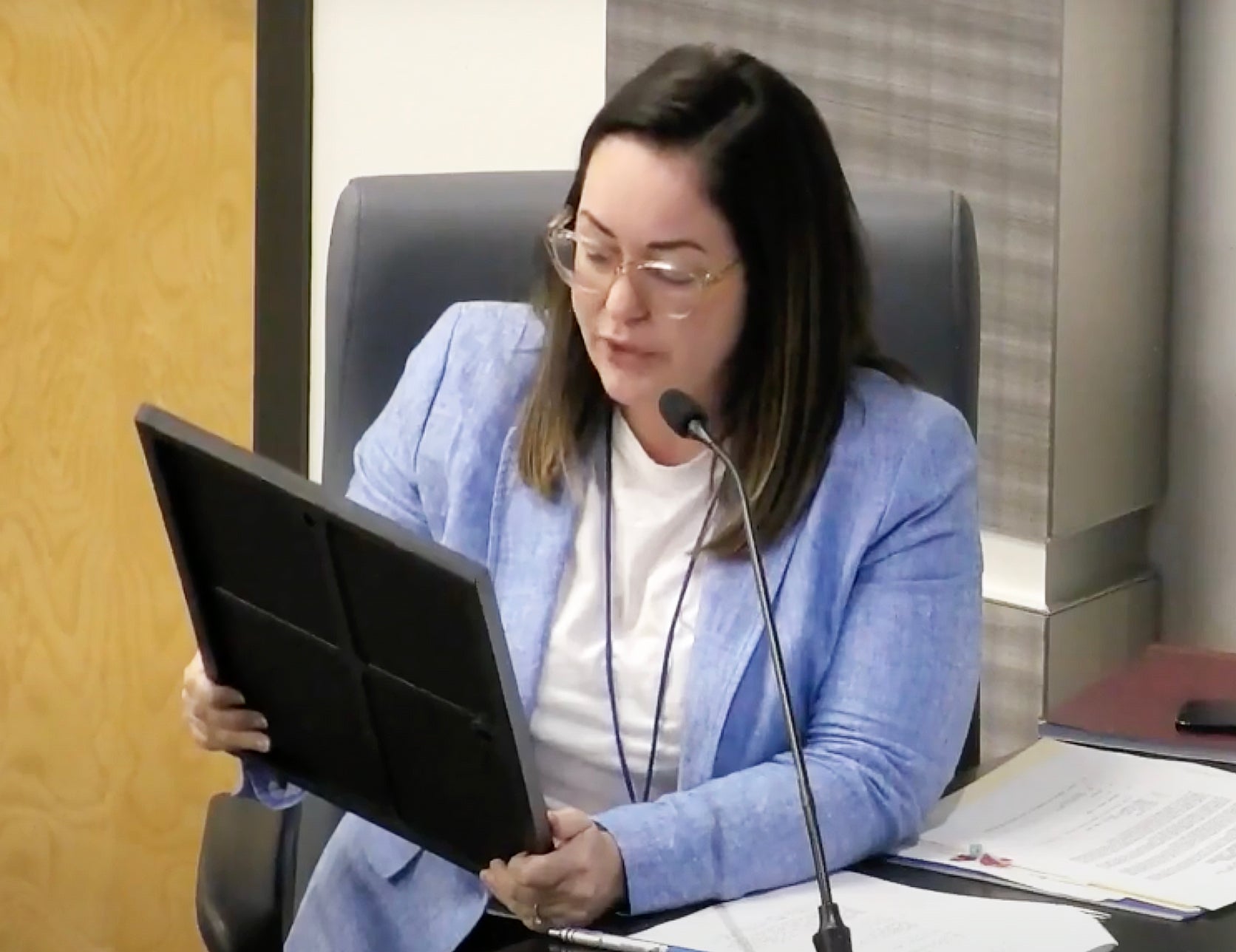Hearing scheduled for project
Published 12:00 am Friday, February 1, 2002
By LEONARD GRAY
ST. ROSE – Should a huge $2-5 billion intermodal airport be dropped north of Airline Drive and James Business Park? The questions have abounded, and cause concern among environmentalists and civic leaders.
A public hearing on the “St. Charles International Airport” is planned Thursday, during the Coastal Zone Management Committee’s regular monthly meeting at the council chambers of the courthouse in Hahnville.
There, chairman Milton Cambre said he has plenty of questions for developer William Monteleone.
“It’s contrary to the plans for the area,” he said, and pointed out this pending application has put a monkey wrench in the ongoing shoreline restoration project he’s spent years working to achieve.
William Monteleone, who he owns 50 percent of the total site, with the rest split between the Edgar Monroe Foundation and the George Burgess Trust, said, “People think I’m weird because I haven’t talked to any politicians.”
He continued, “I don’t think what I’ve done is detrimental. The real question is are people in the parish interested in future growth?
“I’m not the only one who will make a lot of money on this; a lot will.”
Councilman-at-Large G. “Ram” Ramchandran has already drafted a letter of strong objection to the project, and said the project would destroy more than 8,000 acres of one of the largest cypress swamp in the world.
What’s more, it would adversely affect the lifestyle of nearly 25,000 East Bank residents, disrupt the parish’s drainage plans and adversely affect James Business Park, resulting in a revenue loss of $2.5 million.
Finally, relocation of Interstate 310 and the railroad would disrupt traffic in the parish for years.
The airport project would turn nearly 7,943 acres of marsh into a world-class, five-runway airport to handle cargo and passengers.
At the same time, an 11,500-acre marsh habitat would be created north of the Illinois Central Gulf Railroad, walled by a new lakeshore hurricane protection levee more than five and a half miles long.
A total of 4,253 acres of swamp habitat and 4,940 acres of open water habitat may be affected by this project, which was called the largest-ever wetlands permit application in U.S. history.
Earl Matherne, coastal zone manager for St. Charles Parish, observed, “I can’t say it’s impossible,” but added, “It would be cheaper to build it in the lake.”
The enormity of the project would rope in federal, state and local agencies, not to mention environmental-group objections, which could snarl it for decades.
Among the agencies who would have to sign off on it, Matherne commented, include the U.S. Army Corps of Engineers, the U.S. Environmental Protection Agency, the U.S. Fish and Wildlife Office, the National Oceanic and Atmospheric Administration, the state Department of Natural Resources, the state Department of Environmental Quality, the Pontchartrain Levee District, the Louisiana Airport Authority, National Marine Fisheries, Federal Aviation Administration, Louisiana Wildlife and Fisheries, Federal Highway Administration, U.S. Department of Transportation, besides St. Charles Parish and the Illinois Central Gulf Railroad.
At the same time, at least two subdivisions in St. Rose would likely have to be removed, including Oakland Estates and Fairfield Plantation Oaks Subdivision.
Parish President Albert Laque is still awaiting contact from Monteleone.
“You’d think if a guy wants to do something like this in the parish, we’d hear from him. All I know, it looks like he’s trying to screw us up,” Laque added.
“If something like that could work, it would be fine, but right now, it’s a pipe dream. If he wants to talk to me, I’m available.”
The U.S. Army Corps of Engineers’ 30-day public comment period began Jan. 16.
At the same time, the state Department of Environmental Quality opened its own 30-day public comment period.
To contact Roger Swindler with the Corps of Engineers, call 504-862-2278 and refer to COE file EM-20-020-0969.
To contact Tim Robertson with the Louisiana Department of Natural Resources, call 225-342-7472 and please refer to CUP number P20011061. To contact Melanie Bauder with the Department of Environmental Quality, call 225-765-0664.





